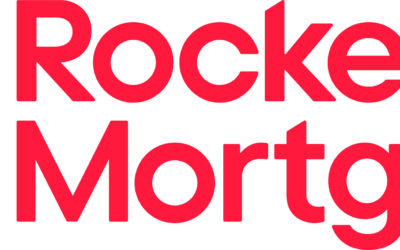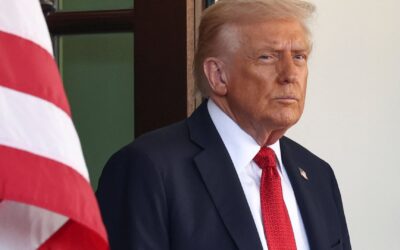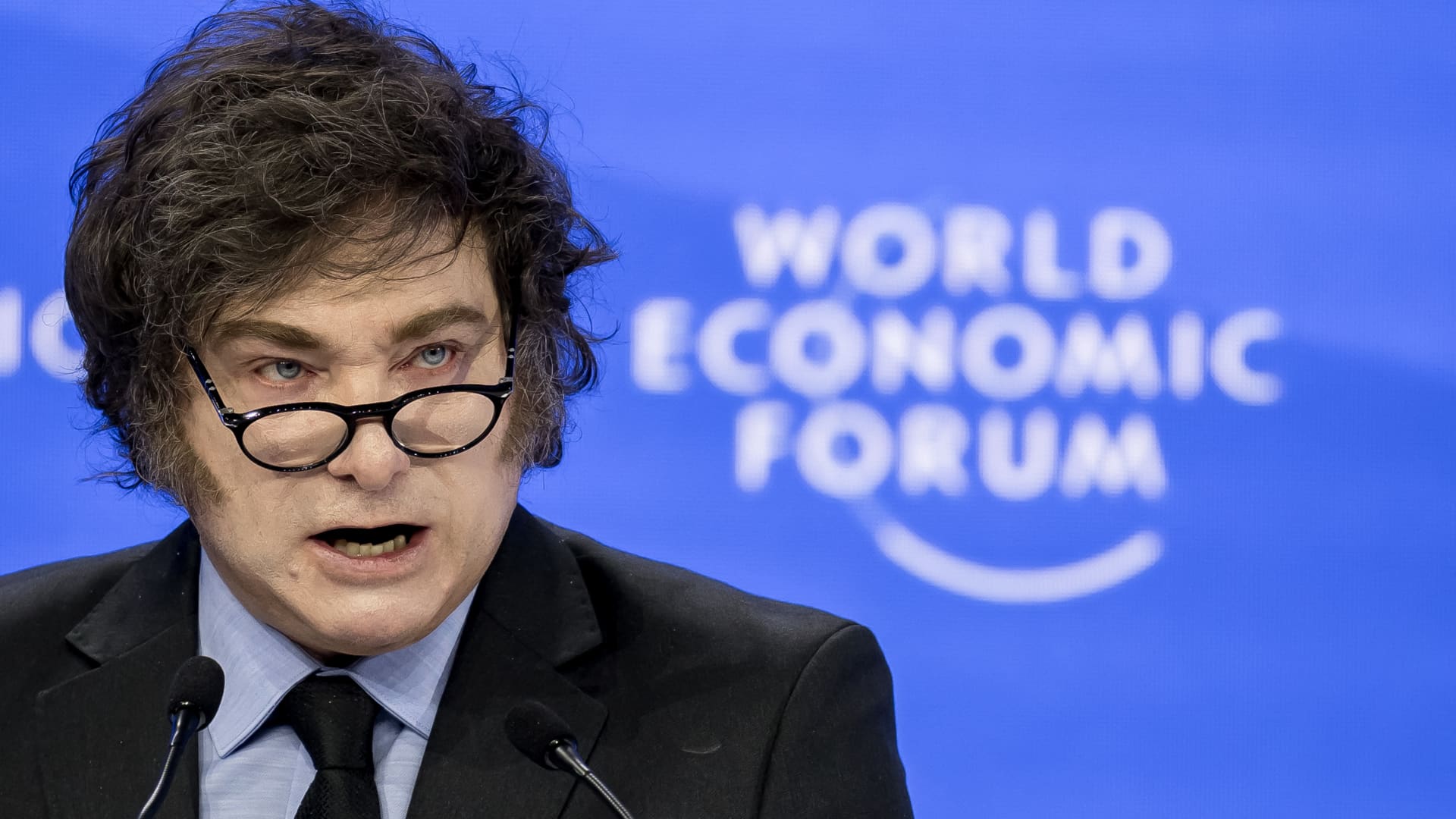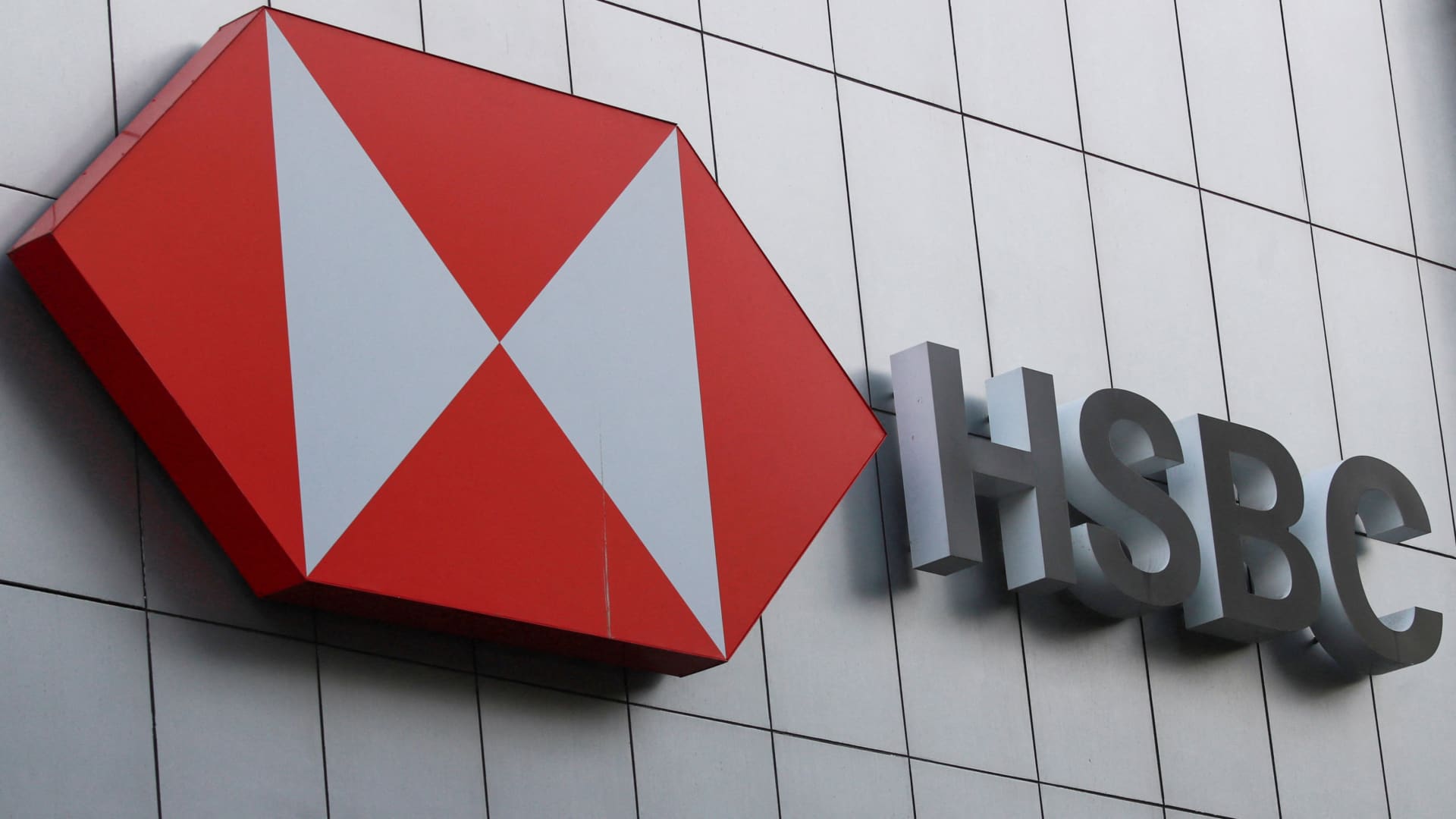David Tepper says don’t fight the Fed, and investors don’t plan to
Hedge fund billionaire David Tepper thinks the verdict following the latest Federal Reserve decision is this: Don’t fight the Fed. “I don’t love the multiples, but how do I not own it?” the Appaloosa Management founder said Thursday on CNBC’s ” Squawk Box” when talking about the stock market. “I’m not ever fighting this Fed, especially when the markets tell me I have, I don’t know what it is today, but one and three quarter more cuts before the end of the year.” “So, that’s a tough thing not to own,” Tepper said. Those comments come after the Fed’s latest interest rate cut, along with signals that two more are coming this year, gave Wall Street the message that, on balance, the Fed will tilt more dovish going forward. “Our probability-weighted Fed path remains a bit more dovish than market pricing,” David Mericle, economist at Goldman Sachs, wrote on Wednesday. “Many hints pointed to today’s cut being the first of a series.” .SPX 5D mountain SPX 5-day chart Many investors and strategists came away from Fed Chair Jerome Powell’s post-meeting presser with a more dovish outlook for a number of reasons. They pointed to the median dot plot showing three cuts in 2025, more than the two that the Fed had put into its “dot plot” back in June, which was the last time the central bank released its Summary of Economic Projections. That, plus Powell’s acknowledgement of the weakness in the labor market, shows that the central bank is now wary of a “shift” in the balance of risks to the economy, even with the fear that higher inflation could lead to stagflation. The Fed chief characterized Wednesday’s cut as a “risk management” decision. “Dovish comments from Powell and the downward revision in the dots make us more confident in our view that the Fed will cut policy rates at each of the next four policy meetings,” Citi’s Andrew Hollenhorst wrote on Wednesday. “It should become clearer in upcoming data that labor demand has downshifted and that core inflation, aside from some potential one-time tariff effects, is slowing.” “That implies a straightforward path for the Fed to return policy rates to 3.00-3.25% with risks balanced to deeper cuts should the economy slow by more than we expect,” Hollenhorst added. Other banks pointed out that the risk to the labor market is to the downside in the coming months. UBS economist Jonathan Pingle expects that will necessitate more interest rate cuts, with one quarter point cut in October and one half-percentage point reduction in December. “We expect the October and November employment reports to be released at the start of November and December, respectively, to look weak, and motivate a larger rate cut to end the year,” Pingle wrote. “Overall, we maintained our outlook for a 2025 year end midpoint of the target range of 3.375%, and 3.125% next year.” Over the near term, that could continue to be good for risk assets. The tech-heavy Nasdaq Composite outperformed the other two major averages and hit an all-time high. Nvidia alone popped 2%. Semiconductors jumped, with the VanEck Semiconductor ETF (SMH) higher by more than 3%. The Technology Select Sector SPDR Fund (XLK) rose roughly 1%. To be sure, with the stock market at steep valuations, investors should also be on their guard. “You don’t have cheapness here, but you do have a constructive [setup],” Tepper said. “I’m not fighting the Fed. I’m not going to do that, at least in the near term.” — CNBC’s Yun Li contributed to this report. ( Learn the best 2026 strategies from inside the NYSE with Josh Brown and others at CNBC PRO Live. Tickets and info here . )
<





